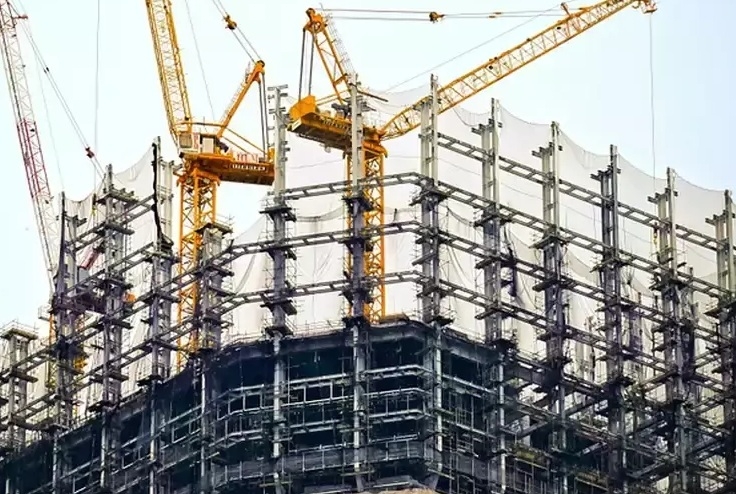New UDCPR: Permission for building to be strictly on risk-based classification
| Date :09-Dec-2020 |

By Vikas Vaidya :
The new Unified Development Control and Promotion Rules (UDCPR) has taken care of the safety aspects. It has chalked out risk-based classification on the basis of which approval for building permission would be given. The approval to the low or moderate risk category of instructions shall be governed as per the procedure. It is classified in two - low risk categorie and moderate risk category. The parameters that are fixed include plot area, plot status, buildability of plot, zone in development plan, type of building, front side and rear open spaces, storeys allowed, Floor Surface Index (FSI), submission of application for approval, issue of commencement certificate, plinth checking, occupation certificate, etc. Of course, this UDCPR makes it clear that the above procedure for permission shall not bar the owner to obtain development permission as per provisions of this UDCPR, if he so desires.
The owner through his Architect or licensed engineer or town planner or supervisor, who has supervised the construction, has to furnish a building completion certificate to the authority. In case of special buildings, the Completion Certificate shall also be have No Objection Certificate (NOC) from Chief Fire Officer. Occupation certificate is a very important issue that is addressed by the new UDCPR. The definition of receipt of occupancy certificate was never paid proper attention by the decision-makers. But this UDCPR that was prepared during Fadnavis Government has well-taken care of this issue. Builder construct the house and the buyer starts living in it without occupation certificate.
‘The Hitavada’ long back had published a news report wherein it brought to the fore the fact that more than 90% people don’t possess Occupancy Certificate. House is constructed but whether it is livealble or not was never thought of. The occupancy is a very important aspect. This new UDCPR says after completion of the work, the owner shall intimate to the Authority about the occupation of the building. Licensed personal shall submit the completion certificate to the Authority. The licensed personal shall not issue the completion certificate unless the construction is completed strictly as per plan. The authority will issue the occupation certificate within 10 days after site inspection. Any deficiency of documents or payments as per UDCPR shall amount to unauthorised construction and shall be liable for action under the provisions of the Act.
The authority after inspection of the work and after satisfying himself that there is no deviation from the sanctioned plans will issue an occupancy certificate or refuse to sanction the occupancy certificate within 21 days from the date of receipt of the said completion certificate, failing which the work shall be deemed to have been approved for occupation, provided the construction conforms to the sanctioned plans. One set of plans, certified by the authority, shall be returned to the owner along with the occupancy certificate. In case of special buildings, the occupancy certificate shall be issued by the authority only after the clearance from the Chief Fire Officer regarding the completion of work from fire protection point of view. All unsafe buildings shall be considered to constitute danger to public safety and hygiene and sanitation and shall be restored by repairs or demolished or dealt with as otherwise directed by the Authority. Clarification The point ‘Permission is necessary for temporary construction for not more than six months at a time and in the aggregate not exceeding a period of one year’ published in cityline on Tuesday in news report regarding UDCPR under ‘They don’t need permission’. It was inadvertently published under this head. The point was regarding temporary construction which need permission.
